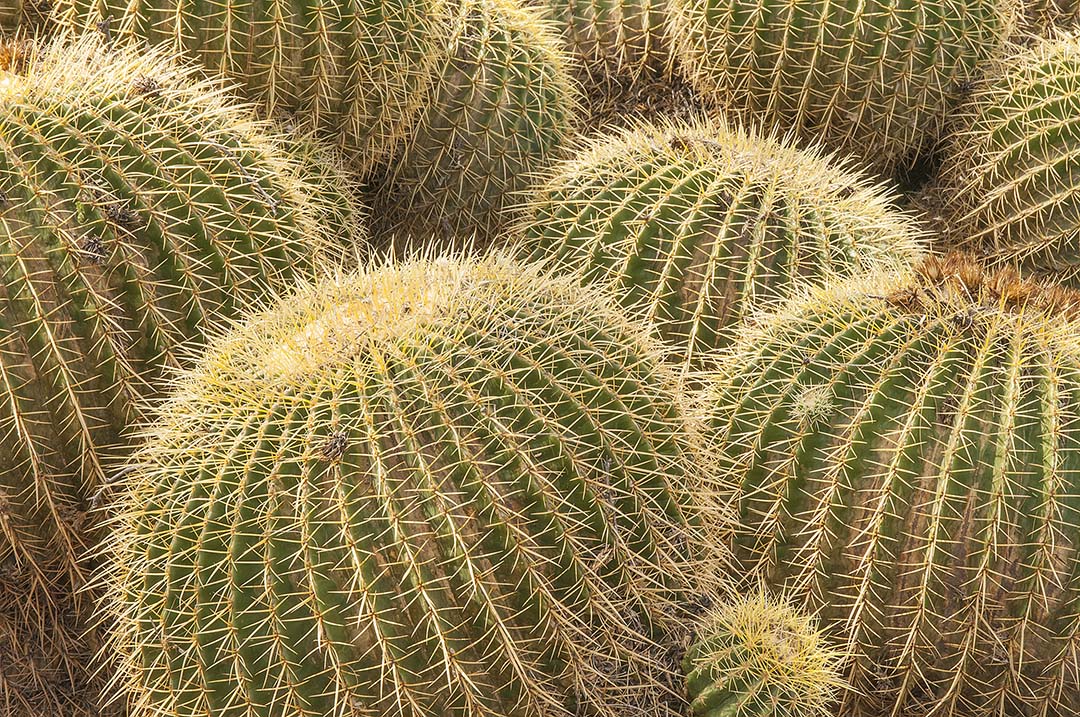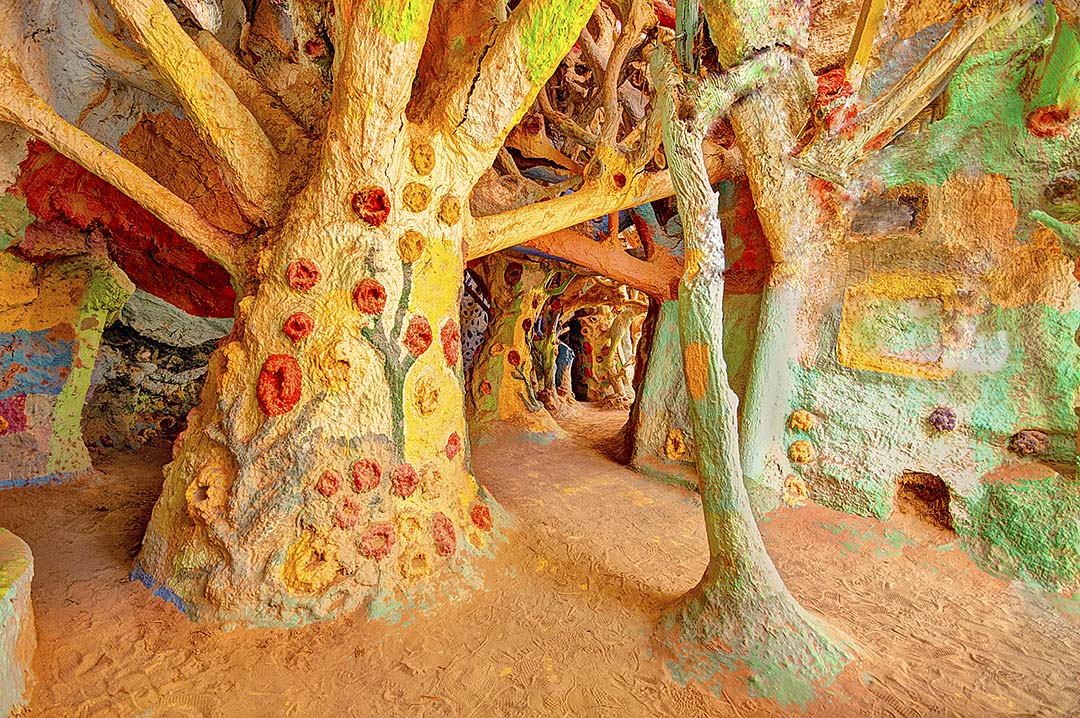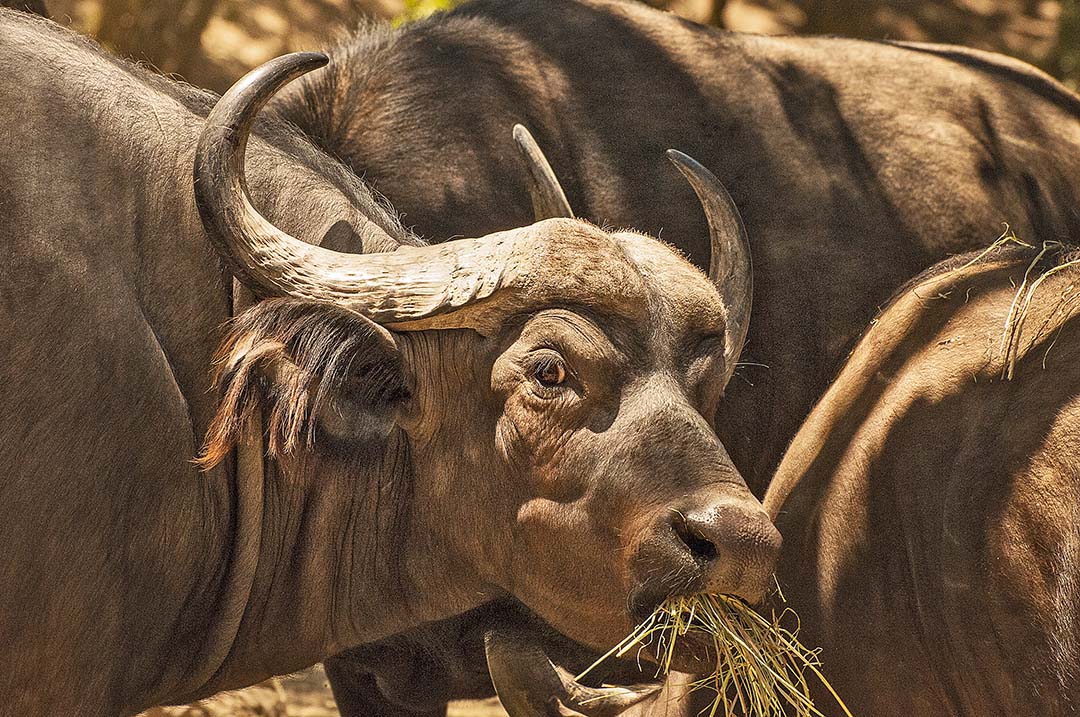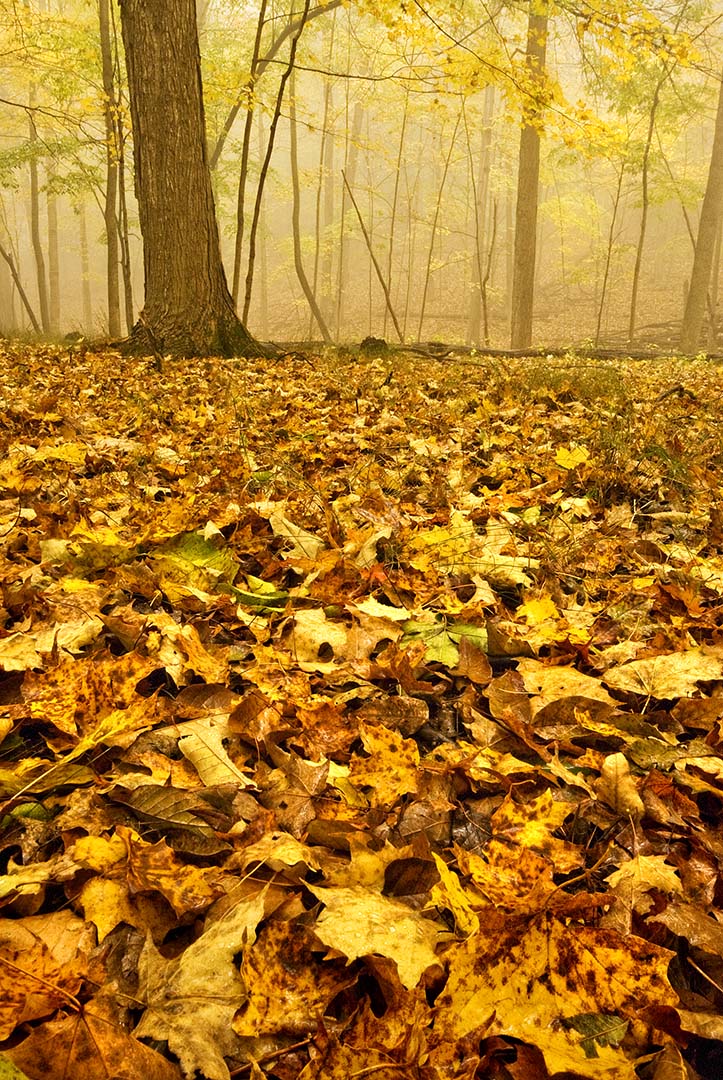|
Sixty-one miles east of downtown Phoenix, near the town of Superior, Arizona, this 392-acre botanical garden has long been Arizona’s largest public garden featuring 2,600 different types of the world’s desert plants. Located at the base of 4,375-foot Picketpost Mountain where three miles of trails wind through fully mature cactus gardens, trees of the world’s deserts, wildflower gardens, and herb gardens, are all surrounded by a natural Sonoran desert environment. Most of the trails are level. More rugged trails climb higher into the surrounding mountains for spectacular views.
Everywhere you wander is something you’ve never seen before, like strange cactus with long blonde hair and bizarre boojum trees from South America. They look like Christmas trees with a huge ornament on top. Morning light filters through mesquite and spreading acacia trees framing massive clusters of golden barrel cactus that glow in warm backlight. The Salton Sea, in the middle of the Imperial Valley near the southern end of California, is actually a lake-the largest lake in California at 35 miles long, 15 miles wide and 235 feet below sea level. This is one of the few places in North America where photographers can find good weather for a winter trip. When I arrived in late February, it was 85 degrees Fahrenheit, and no wind. When you tire of photographing ghost towns, dead fish and salt encrusted beaches on a toxic sea, there is a colorful location called Salvation Mountain, hidden away from the lake, three miles east of Highway 111 on the east side of the lake. This spot is not to be missed.
A few miles south of Bombay Beach is the small town of Niland (n-eye-land). Watch for the United Food Center at the junction of Highway 111 and Main Street. Drive east on Main Street, cross the railroad tracks and continue east where Main Street becomes Beal Street. It’s three paved miles from Highway 111 to Salvation Mountain. The mountain is fifty-feet tall and a hundred-fifty feet wide. A new addition that resembles an underground forest has been added on the south side of the mountain. You will need a very wide-angle lens to capture the effect of a forest winding through tight passageways. Salvation Mountain is an ongoing project supported by local volunteers. Donations, and cans of latex paint, are welcome. Most large cities and many medium-sized cities in the United States have a zoo. There are over twenty-five in the state of California, and over 2,500 zoos spread across the country. Do an Internet search to find the best zoos in your area. I have visited several zoos recently to expand my wildlife photo collection and to take note of some tips that may help you with your photography at the zoo. Some zoos are focusing on and doing outstanding work at restoring endangered species with breeding programs and returning virtually extinct wildlife to environments that are being cleaned up and preserved. Zoos used to have long rows of cages keeping their animals “behind bars.” New zoos have been totally redesigned to resemble their animal’s natural habitats.
A few safari parks scattered across the United States are offering guided tours through expansive environments with a variety of large animals, like elephants, giraffes and these cape buffalo. Some offer overnight lodging in African-style safari tents for a unique experience. You can fall asleep to the night calls of the wildlife. In Northern California is a 400 acre wilderness where over 900 creatures are free to roam. The photography is wonderful without cages. Safari West Wildlife Preserve - 3115 Porter Creek Road, Santa Rosa CA. The Finger Lakes region is filled with a dozen long, deep, and narrow lakes and is one of the more beautiful parts of western New York State. The last of the Ice Age glaciers retreated from this part of North America ten thousand years ago, leaving deep U-shaped valleys carved into an underlying ancient seabed composed of soft shale and sandstone. These north-south canyons are now filled with the Finger Lakes from Lake Ontario south to the Pennsylvania state line and from the Genesee River east to Syracuse.
Photographers looking for fall foliage will want to know about the hundreds of waterfalls in the Finger Lakes region. Streams flowing into the lakes cascade from layer to layer, eroding stone down rolling hills covered with hardwood forests of maple, beech, ash, and birch. |
BlogNotes and images from Bob Hitchman. Archives
July 2024
|




